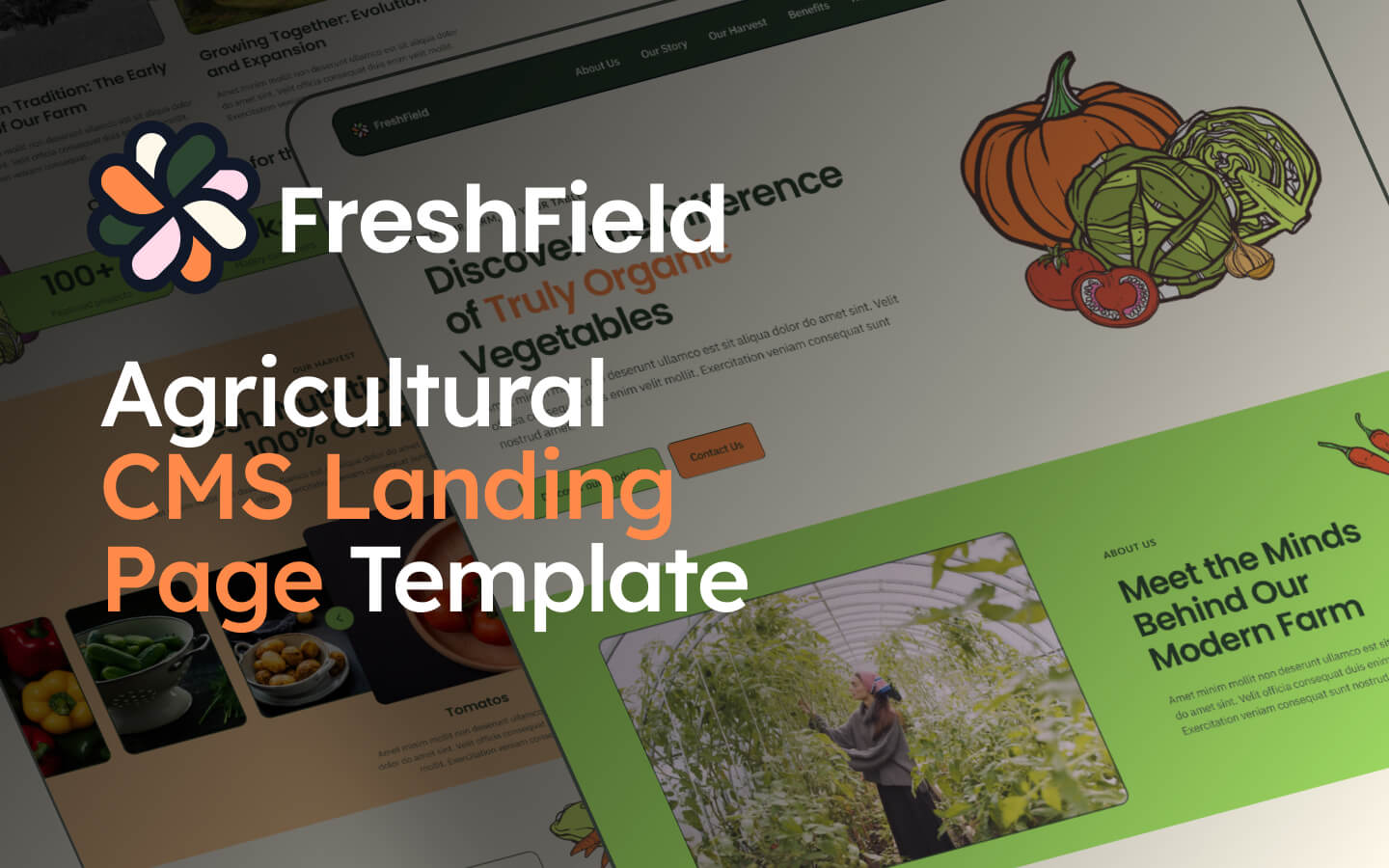So you have an app already present in the app stores and gaining an audience. It wasn't easy to get to this point, but a new challenge lies ahead: you want to make your app much more popular and profitable. But first, you need to make sure it is technically ready for a bigger userbase.
Below you'll find five things every EGO BA consultant advises first to our potential clients with the same problem.
Audit Potential Problems
A typical app growth case At EGO Creative Innovations is when a client asks us to upgrade an app they already have built. In this case, we always suggest starting with a product analysis plan. Simply put, it's a complex of actions aimed at auditing your product's current state.
This stage requires the involvement of a few different experts: a tech lead to evaluate problems with architecture and code, a designer to assess necessary UX/UI changes, a QA specialist to see how quickly they can test new features and updates, and a DevOps engineer to analyze the back end infrastructure.
That is because the issues you might bump into when growing your userbase can be related to all sorts of things: poor memory management, wrong server infrastructure, insufficient analytics to make data-driven analytics, spaghetti code that makes it impossible to roll out updates quickly, a user interface requiring massive redesign to allow offering more features, and so many more.
After the audit, you'll see that some things will require optimization and sorting out even before planning your growth strategy. Finding and addressing them first will help not only plan your budgets and timelines accordingly but also optimize your expenses on future upgrades.
Sometimes you might find out that you'll need to postpone or replan your growth activities until your app is technically ready for them. There was a case with Zutobi when our web and mobile application development company realized that the app we initially wrote with React Native would soon exhaust its performance potential. So we started migrating to Flutter early to keep up with their growth strategy.
Get a Consistent Growth Strategy Tailored to non-Asian Regions
Different apps grow differently. Some aim to increase the number of interactions an average user makes throughout a single session. Some are focused on the DAU number growth. And others want to have it all, either all at once or one after another.
Deciding on the growth strategy is crucial for the app's success since different KPIs require different approaches in scaling and optimization. Keeping an app smooth with an increasing number of users submitting media-rich content requires extra expenses on the hardware or moving to cloud—like we did on the Idencia project when we moved all the data to Microsoft Azure services. And increasing the users' engagement only requires mostly design efforts.
Your growth strategy will probably have multiple goals and milestones, which will require organizing a roadmap of gradual changes to your product to bring it to the desired state. At least, this is what we usually suggest if we're asked to perform business analysis, like the one we performed for the Baby Sleep Coach app.
Doing everything step by step and syncing your marketing and development effort will help your app deliver top performance at all times. For that, you might also want to assign a project manager in your mobile app development team who will keep all processes under the radar.
Don't Underestimate Design
Once you have a working app getting positive reviews, it's easy to think that the design is good enough, and now you need to focus and marketing and scalability to make the app grow.
However, it's the design that makes users fall in love with your app. So sometimes, improving it first might help you get your growth goals. As evangelists of emotional design, we have often noticed how adding only a single thing, such as transition animations, could improve users' engagement or satisfaction dramatically.
Because of the effectiveness of 3D and emotional design, we have launched our design plans, a series of isolated services aimed at helping your app shine even more with stunning animations.
Of course, this tip becomes even more crucial if you see that your design could be better or if you expect to expand your product with features and predict potential problems with presenting them in the existing user interface. In the latter case, you might go as far as to request a new app prototype design.
The Store
Check for moreExpand to New Platforms Popular Outside Asia
One of the most common ways to get more users for your app is to bring it to another platform. Usually, we're talking about Android, iOS, web, or desktop.
Whatever is your choice, there are always two ways to do it: build one more app that will be native for your targeted platform or migrate to a cross-platform technology allowing you to write one code for all platforms. This is a huge decision that will affect the growth strategy of your app, so we've covered this topic a lot in our previous posts:
- Flutter vs. React Native vs Xamarin in 2021: Pros, Cons, Examples
- Flutter vs. Kotlin in 2021: Top 5 Indicators Comparison
- Flutter 2.2: Does It Outrun Competitors in 2021?
For instance, when we migrated Reemaq from Windows Mobile to Android and iOS, we picked Xamarin to cut the development time almost by half and allow further expansion if needed.
Find a non-Asian Development Partner With A Fitting Background
That is great if you have already gathered a team of experts ready to help with your app growth. However, our clients usually want to focus on marketing and business staff and leave technical peculiarities to a standalone software development partner.
In the early 2000s, it was a great approach. But now, the competition is fierce. The markets are too uncertain and overcrowded. On top of that, user expectations change too fast. Software development has become very rapid and flexible. Because of that, entrepreneurs also need help with things like product strategy or business analysis. And those, in turn, require the knowledge of your industry.
For instance, EGO Creative Innovations has narrowed down its focus on industries like fintech, edtech, automotive, and healthcare. Now we know how fintech products get affected by technologies like cryptocurrency and blockchain. How edtech expects the AR technology to conquer the learning process. How healthcare services are shaped by legislation and the limitations of various documents and governmental agencies.
And automotive… well, just check out our case study for Pocket Geek Auto. Despite numerous challenges, we managed to develop the PoC within three weeks and hit the market in four months. That was possible because we involved many seasoned specialists with expertise in the automotive industry who knew how to work quickly together.
With industry expertise, our product design & consulting company helps our clients plan project roadmaps accordingly. And if some of the tips above might be difficult to follow because of the lack of knowledge on your side, you will win if you find a software development partner ready to help you with that as well.
Bottom line
A decade ago, when we were just another software development company, we would turn this post into a list consisting of dozens of technical tips that would help you prepare your product for scaling. From automation and CI adoption to traffic optimization by asset minification and architecture "layer-ation,” there's indeed a lot you can do for that.
But today, short-sighted approaches addressing pinpoint problems no longer work. You need to have a general vision and a step-by-step strategy for your goals and constantly commit and iterate to keep them up to date. And when it comes to software development, the more experienced partner you find, the bigger your chances to succeed.









.jpg)








